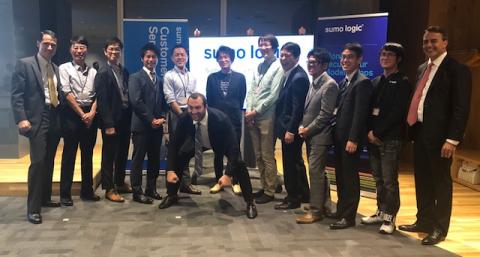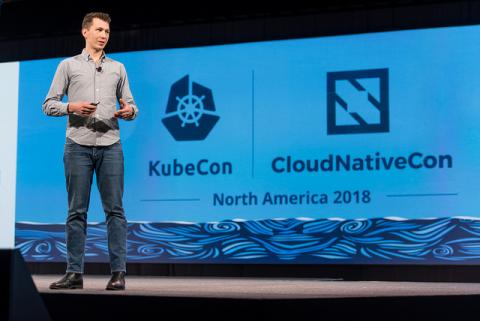People-driven Documentation
Democratizing data is one of our key product goals, and we share a similar approach to content. With over half a million words, our Sumo Logic documentation set is a substantial amount of information to provide to our users on the various ways you can collect logs and metrics, query that information, and turn it into meaningful visualizations. But the real trick is making sure that people can find what they need quickly.










